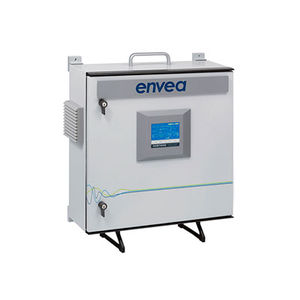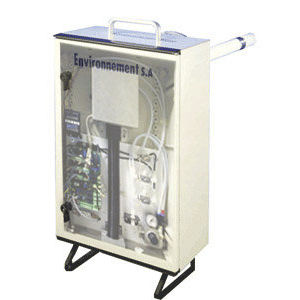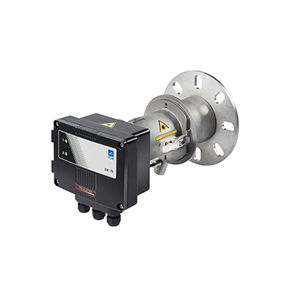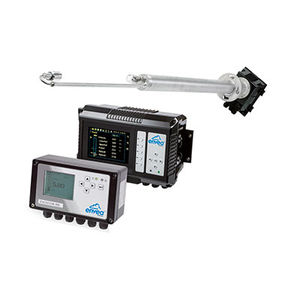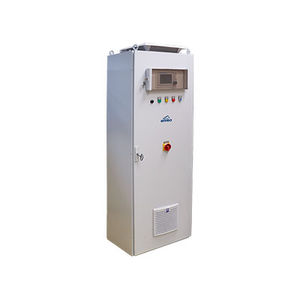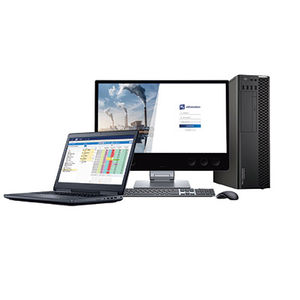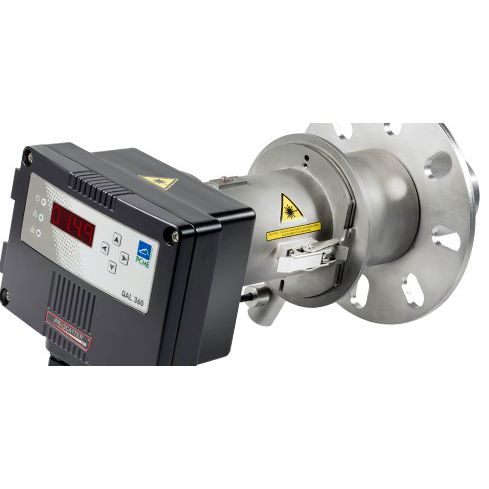
Particle monitoring system PCME QAL 360(CEMS) continuous emissionautomatic

Add to favorites
Compare this product
Characteristics
- Applications
- particle, (CEMS) continuous emission
- Other characteristics
- automatic
Description
QAL1 APPROVED BACK SCATTER PARTICULATE CEM
TUV QAL1 and MCERTS Approved, Stand alone or networked system option Particulate CEM providing high quality emission measurement for dust concentrations from industrial processes
Having a 0–7.5 mg/m³ certification range, the QAL 360 sensor can be used at low or high dust levels meeting the tightened minimum emission limit value of 5 mg/m³ for Large Combustion Plant specified in the Industrial Emissions Directive.
FEATURES & BENEFITS
- ProScatter® Backscatter sensor technology with superior minimum detection <1 mg/m³
- Certified to 7.5 mg/m³
- Zero and Span (reference) checks available to ensure optimal instrument performance and compliant with QAL1
- Automatic Contamination Check – fully interrogates the optical system
- Purge Flow Fail Sensor option with inbuilt automatic optical shield activation
- Flue Gas Blocker to protect Plant Engineers from harmful flue gases during maintenance
MAIN APPLICATIONS
- Stacks after bag filters, cartridge filters, cyclones, electrostatic precipitators, no filtration
- Non-condensing / dry flue gases
Typical Applications:
- Incineration
- Metals (eg Steel/Aluminium)
- Minerals (eg Cement/Gypsum)
- Chemicals (eg TiO2 / Coating Powder)
- Power Generation Plant (eg Coal/Biomass)
Catalogs
Exhibitions
Meet this supplier at the following exhibition(s):

Related Searches
- Measurement monitoring device
- Real-time monitoring device
- Continuous monitoring device
- Environmental monitoring device
- Process monitoring device
- Alarm monitoring device
- Benchtop monitoring device
- Online monitoring device
- Compact monitoring device
- Data acquisition monitoring device
- Gas monitoring device
- Automatic monitoring device
- Concentration monitoring device
- Control system monitoring device
- Smart monitoring device
- Measuring device monitoring device
- Flow monitoring device
- Monitoring system for the automotive industry
- Robust monitoring device
- Safety monitoring device
*Prices are pre-tax. They exclude delivery charges and customs duties and do not include additional charges for installation or activation options. Prices are indicative only and may vary by country, with changes to the cost of raw materials and exchange rates.











